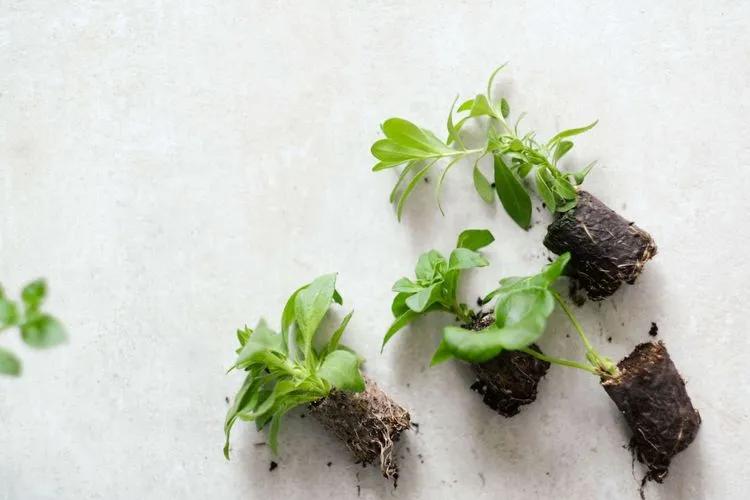 Like any other living organism, a plant can get sick. It can’t tell you what is wrong, but it can show the symptoms. Here, we will explain the most popular reasons for plant illnesses and ways to treat your green pets.
Like any other living organism, a plant can get sick. It can’t tell you what is wrong, but it can show the symptoms. Here, we will explain the most popular reasons for plant illnesses and ways to treat your green pets.
The reasons
- Too much water
- Too little water
- Wrong amount of fertilizer
- Too high temperature
- Too low temperature
- Poor moisture level
- Too much sunlight
- Too little sunlight
Disease: spider mites
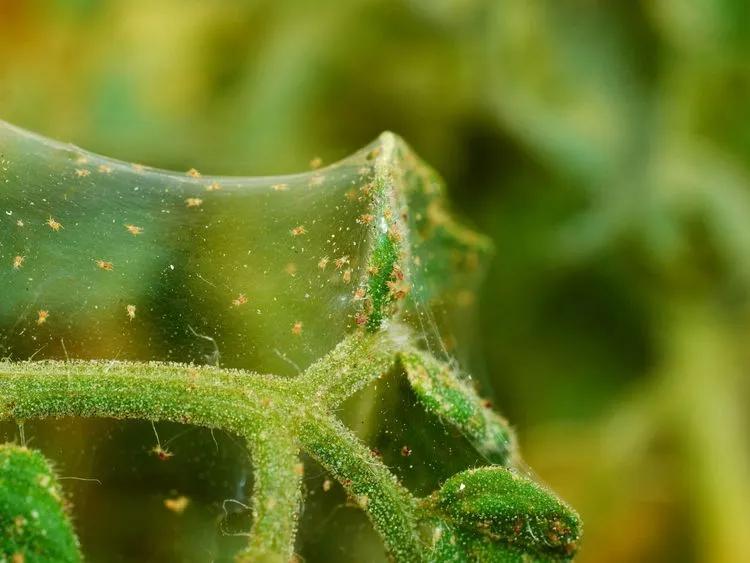 Spider mites will appear as small yellow or brown spots on the leaves and then develop into a telltale spider web type webbing. These creatures are related to spiders and produce webs to protect themselves. Spider mites are usually too small to notice, but if you somehow suspect them, shake them gently over the paper sheet.
To get rid of the infection, use insecticidal oil (neem oil, dormant oil or horticultural oil). A miticide is also a good option. Do not use a common pesticide for spider mites - they are resistant to pesticides and you can even make a situation worse.
Spider mites will appear as small yellow or brown spots on the leaves and then develop into a telltale spider web type webbing. These creatures are related to spiders and produce webs to protect themselves. Spider mites are usually too small to notice, but if you somehow suspect them, shake them gently over the paper sheet.
To get rid of the infection, use insecticidal oil (neem oil, dormant oil or horticultural oil). A miticide is also a good option. Do not use a common pesticide for spider mites - they are resistant to pesticides and you can even make a situation worse.
Disease: scale insects
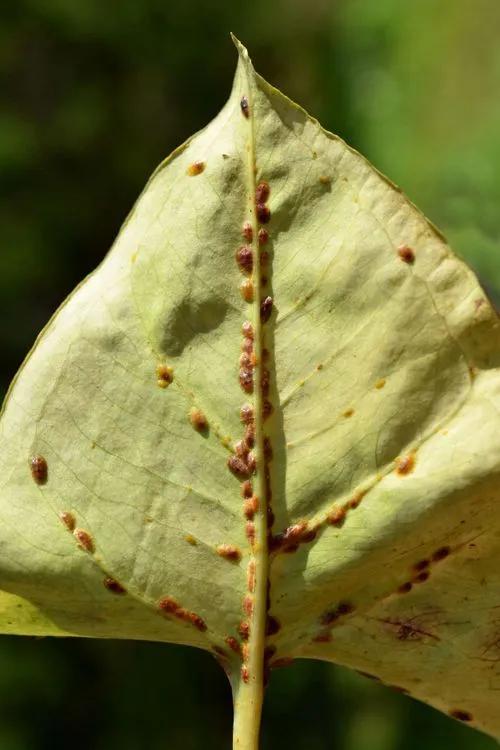 These are tiny irritating insects that suck the sap out of the leaves and stems of plants. As a result, leaves stunt and deform, turn yellow, get brown pock marks, and eventually, fall off. Scale insects can hang out on the stems or leaves or move along the veins of the leaves. If the leaves become sticky, this also means that a plant has scales. They look like small brown dots or bumps.
Firstly, isolate your plants from its ‘friends’ - unless you want them to get infected too. Secondly, use a cotton swab dipped in rubbing alcohol (make sure that it is in direct contact with the scale insects). Carefully check the roots and stems of a plant - the insects can hide there. Also, we recommend buying an insecticidal soap - then take a plant to a shower and gently wash the leaves with it. Remember to test the soap on a small area of a plant before using it on the entire flower - some plants may be allergic to different types of soap.
These are tiny irritating insects that suck the sap out of the leaves and stems of plants. As a result, leaves stunt and deform, turn yellow, get brown pock marks, and eventually, fall off. Scale insects can hang out on the stems or leaves or move along the veins of the leaves. If the leaves become sticky, this also means that a plant has scales. They look like small brown dots or bumps.
Firstly, isolate your plants from its ‘friends’ - unless you want them to get infected too. Secondly, use a cotton swab dipped in rubbing alcohol (make sure that it is in direct contact with the scale insects). Carefully check the roots and stems of a plant - the insects can hide there. Also, we recommend buying an insecticidal soap - then take a plant to a shower and gently wash the leaves with it. Remember to test the soap on a small area of a plant before using it on the entire flower - some plants may be allergic to different types of soap.
Disease: mold
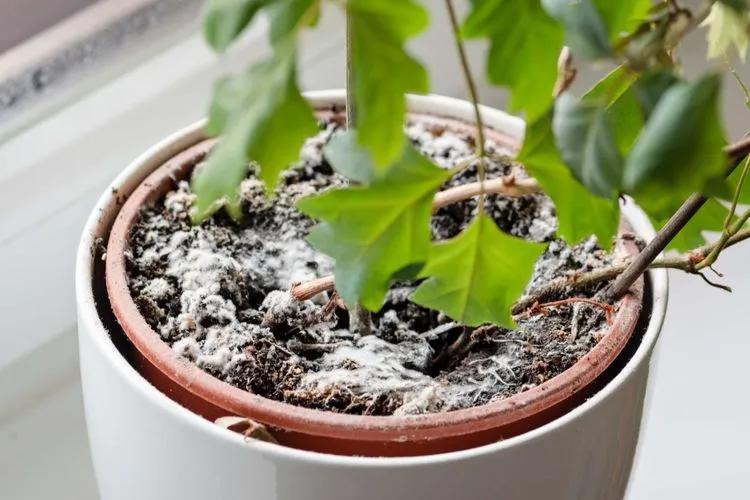 This is a type of fungus that affects the topsoil and extends down to the root system. Growth begins to slow down gradually, the leaves begin to turn yellow, it becomes difficult for a plant to supply water and other nutrients, air exchange is disrupted.
Mold looks like a formed white fluffy bloom, concentrated in one place or on the sides of the pot.
It often arises from excess moisture, poor air circulation and little sunlight. This can also be due to poor water drainage or poor quality of the liquid with which you water the plant.
The easiest way to get rid of mold is to transplant the plant. Also, you can remove the top layer of the soil, then fill in a new one, adding pieces of charcoal.
This is a type of fungus that affects the topsoil and extends down to the root system. Growth begins to slow down gradually, the leaves begin to turn yellow, it becomes difficult for a plant to supply water and other nutrients, air exchange is disrupted.
Mold looks like a formed white fluffy bloom, concentrated in one place or on the sides of the pot.
It often arises from excess moisture, poor air circulation and little sunlight. This can also be due to poor water drainage or poor quality of the liquid with which you water the plant.
The easiest way to get rid of mold is to transplant the plant. Also, you can remove the top layer of the soil, then fill in a new one, adding pieces of charcoal.
Disease: Botrytis (gray mold)
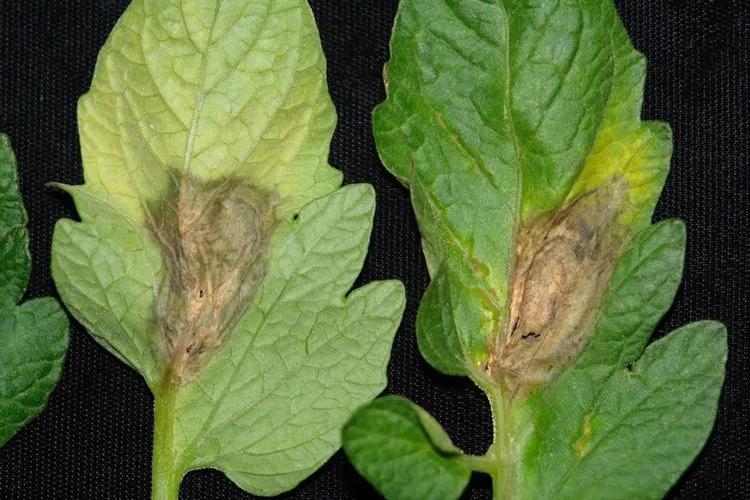 If your plant is wilting, rotting, has spots or fades its colors, its buds fail to open - Botrytis is a cause. This often happens because of extreme humidity and moisture. Remove the infected parts ASAP - the disease can spread rapidly. Water your plant only in the soil, do not moist the leaves and stems. Also, consider providing a better ventilation system.
If your plant is wilting, rotting, has spots or fades its colors, its buds fail to open - Botrytis is a cause. This often happens because of extreme humidity and moisture. Remove the infected parts ASAP - the disease can spread rapidly. Water your plant only in the soil, do not moist the leaves and stems. Also, consider providing a better ventilation system.
Disease: Anthracnose
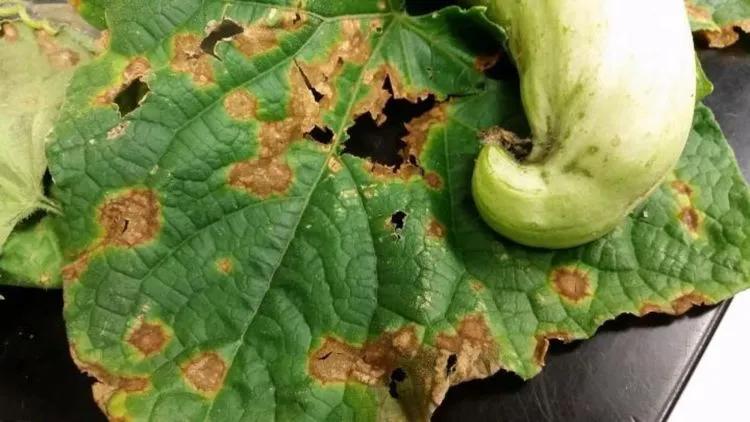 This disease is expressed by the appearance of fungus - dark spots on young leaves, which further spread to the stems. Direct sunlight can cause them to crack and the stems to rot. To get rid of it, you need to remove the affected parts, reduce watering and remove the spraying for some time. It would be best to change the soil and pot (disinfect it in advance), treat the plant with a copper-based fungicide. Remove the flower from other plants for a while so that they do not get infected.
This disease is expressed by the appearance of fungus - dark spots on young leaves, which further spread to the stems. Direct sunlight can cause them to crack and the stems to rot. To get rid of it, you need to remove the affected parts, reduce watering and remove the spraying for some time. It would be best to change the soil and pot (disinfect it in advance), treat the plant with a copper-based fungicide. Remove the flower from other plants for a while so that they do not get infected.
Disease: Powdery mildew
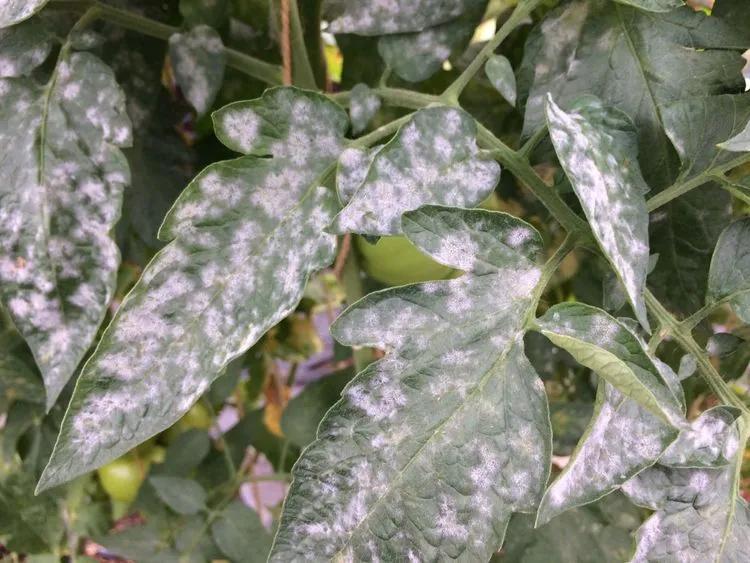 This is a white fungal bloom on the leaves of the flower, which subsequently darkens. It spreads and scales rather quickly, the leaves and the fruits (if any) dry out and fall off. Too humid and warm indoor air contributes to the spread of this disease.
To fight it, remove all infected leaves, change the topsoil, since fungal colonies can be in there, use known fungicides.
For prevention purposes, disinfect the soil before planting, avoid high humidity, adjust watering. Avoid stagnant water or dry soil.
This is a white fungal bloom on the leaves of the flower, which subsequently darkens. It spreads and scales rather quickly, the leaves and the fruits (if any) dry out and fall off. Too humid and warm indoor air contributes to the spread of this disease.
To fight it, remove all infected leaves, change the topsoil, since fungal colonies can be in there, use known fungicides.
For prevention purposes, disinfect the soil before planting, avoid high humidity, adjust watering. Avoid stagnant water or dry soil.
Disease: Root rot
 This disease happens when plants do not get enough oxygen. The fungal pathogens develop in the soil and the plant takes on collapsed appearance. The leaves turn yellow and eventually wilt. To know whether your plant has root rot, examine its roots - a wilted plant has black mushy root system.
In most cases, root rot occurs because of overwatering or poor drainage system. We recommend rinsing the roots with fresh water and remove the affected areas. Then repot the plant, prepare a good drainage system, and apply a fungicide to the remaining healthy roots.
This disease happens when plants do not get enough oxygen. The fungal pathogens develop in the soil and the plant takes on collapsed appearance. The leaves turn yellow and eventually wilt. To know whether your plant has root rot, examine its roots - a wilted plant has black mushy root system.
In most cases, root rot occurs because of overwatering or poor drainage system. We recommend rinsing the roots with fresh water and remove the affected areas. Then repot the plant, prepare a good drainage system, and apply a fungicide to the remaining healthy roots.
Watch your plants
Every disease is easier to prevent than to cure. Keep an eye on your plants regularly to notice any problems emerging.
- Provide good air circulation for your plants. Make sure that all of them have enough space. Sometimes, an oscillating fan is a good option.
- Develop good watering habits. Check the soil moist level with your finger - if at least 2” down the soil is still moist, there is no need to water right now.
- Better water your houseplant in the water, not in the evening. It is harder for soil to dry out at night.
- Arrange a good drainage system so that a plant doesn’t get overlooked.
- If you suspect your plant of having fungus infection, spray it with a homemade solution of baking soda and water. This will disrupt the fungal cells ion balance. Be careful - too much baking soda will burn the leaves. Mix 1 teaspoon of baking soda to 1 gallon of water.
